38+ Sample Electrical Plans
-
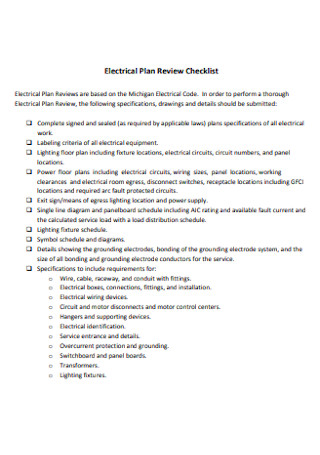
Electrical Plan Review Checklist
download now -
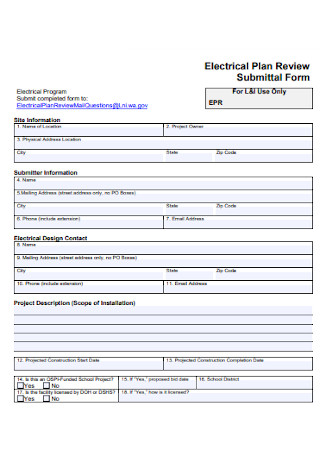
Electrical Plan Submittal Form
download now -
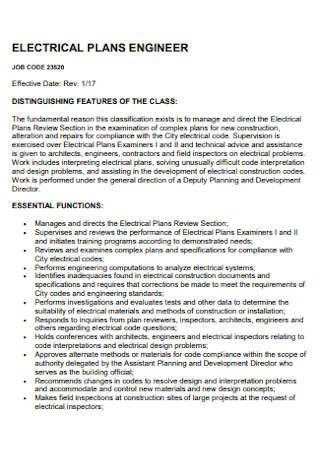
Engineer Electrical Plan
download now -
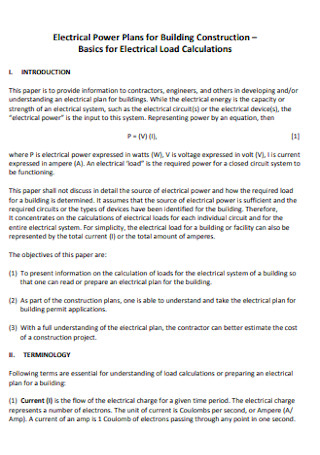
Electrical Power Plans
download now -
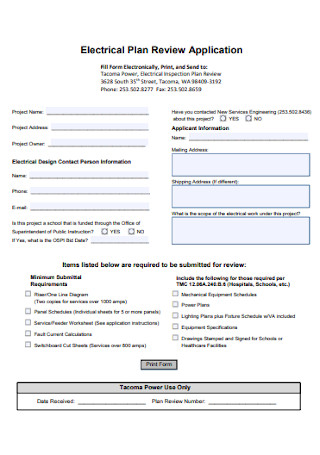
Electrical Plan Application Example
download now -

Electrical Plan Assessment Template
download now -

City Electrical Plan
download now -
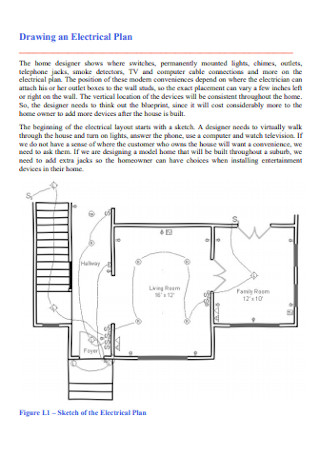
Drawing an Electrical Plan
download now -
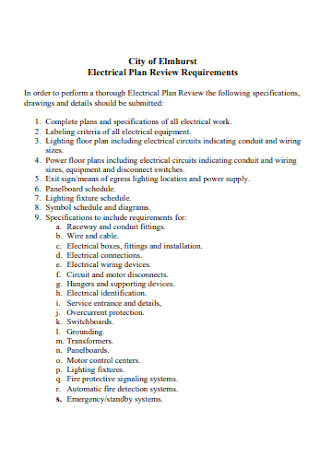
City of Elmhurst Electrical Plan
download now -

Electrical Protection Plan
download now -

Commercial Electrical Plan
download now -
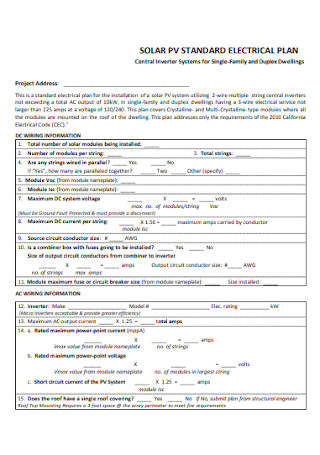
Solar Electrical Plan
download now -
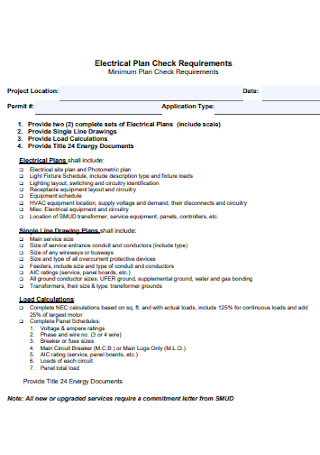
Electrical Check Plan
download now -
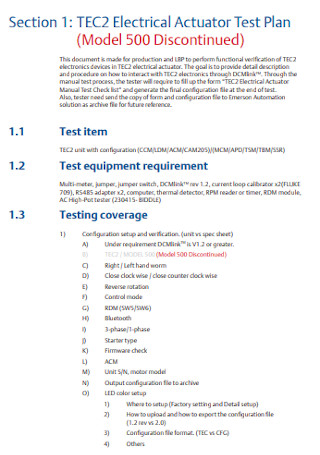
Electrical Actuator Test Plan
download now -
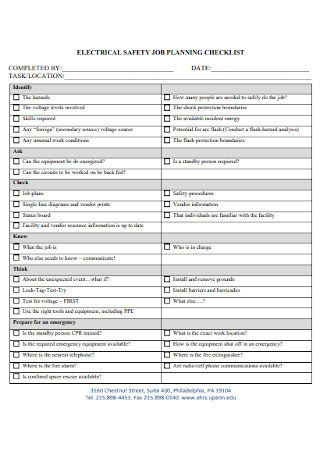
Electrical Safety Plan
download now -

Electrical Lesson Plan
download now -

Application for Electrical Plan
download now -
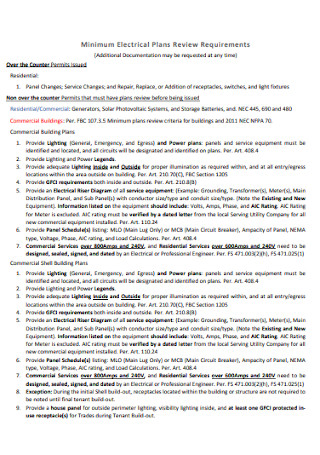
Minimum Electrical Plans
download now -
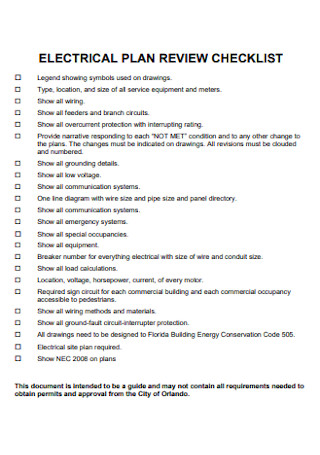
Electrical Plan Review Checklist Example
download now -
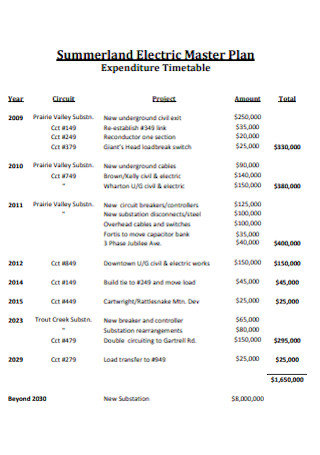
Summerland Electric Master Plan
download now -
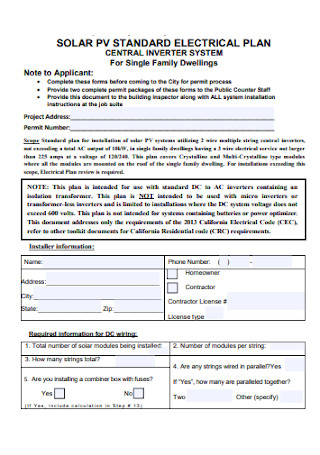
Solar Standard Electrical Plan
download now -

Electrical Project Plan
download now -

Electric Power Systems Plan
download now -
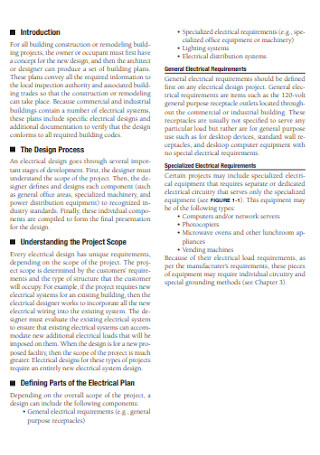
Electrical Design Plan
download now -

Electrical Training Program Plan
download now -

Electrical Engineering Assessment Plan
download now -
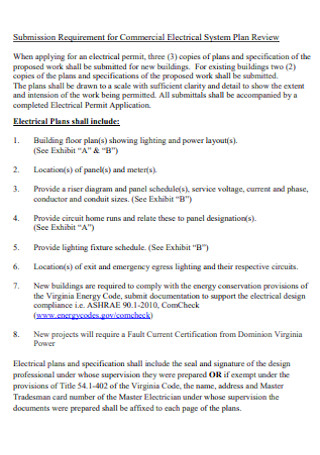
Commercial Electrical System Plan
download now -
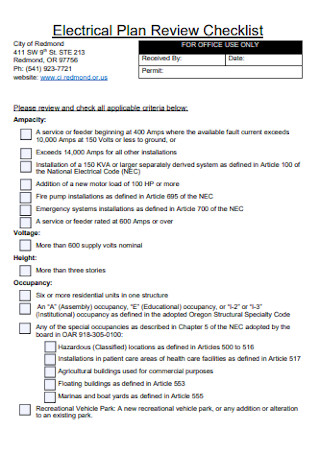
Sample Electrical Review Plan
download now -
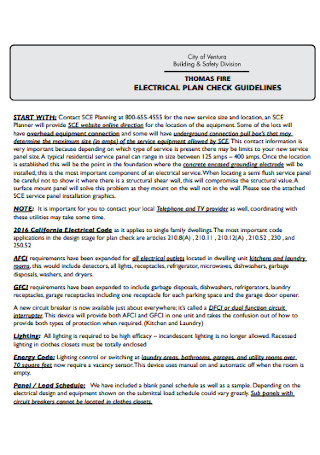
Electrical Check Plan Example
download now -
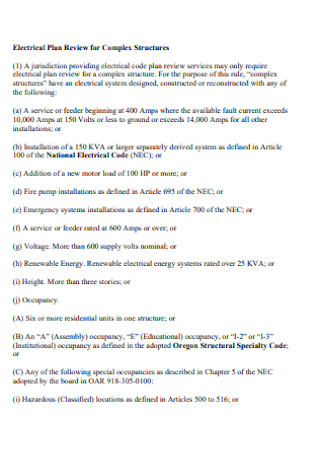
Complex Electrical Plan
download now -
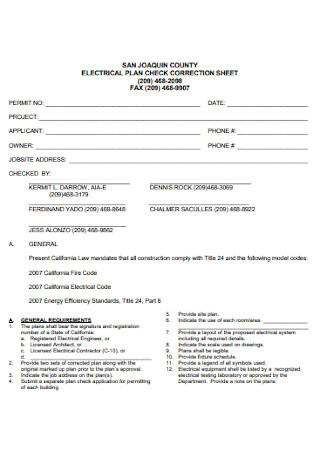
Electrical Plan Sheet
download now -
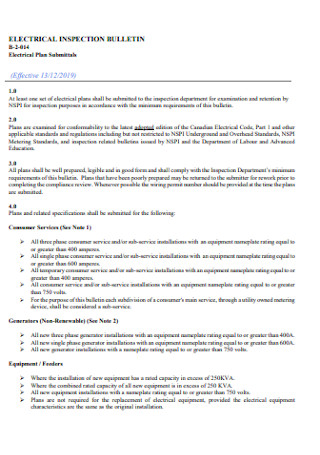
Eletrical Inspection Plan
download now -
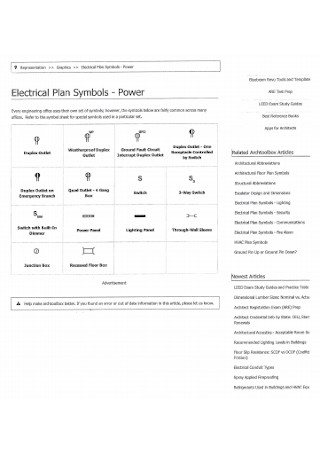
Electrical Plan Symbols Example
download now -

Office Electrical Plan
download now -
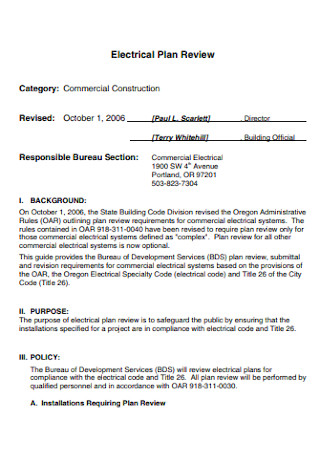
Electrical Construction Plan
download now -

Electrical Engineering Control Plan
download now -

Electrical Power Plan Example
download now -

Retail Electricity Plan
download now -

Electrical Plan for Commercial Service
download now
What Is an Electrical Plan?
An electrical plan or also known as electrical drawing or wiring diagram is a type of technical drawing that provides visual representation and describes circuits and electrical systems. It commonly consists of symbols and lines that showcase an engineer’s electrical design to its clients. In other words, an electrical plan is a representation of the position of all the electrical apparatus. Moreover, along with electrical planning works and services, some forms are used to record requirements and resources.
Meanwhile, a report published by ESFI found out that the electrical fatality rates were 0.11 fatalities per 100,000 workers, the rate for all fatalities was 3.6 per 100,000 workers, and 8% of overall electrical injuries were fatal in 2019.
What Should an Electrical Plan Include?
If you are new to electrical planning, you have come to the right place. Indeed, drawing an electrical plan is a demanding job. That is why engineers are the ones who usually make the plan. However, you do not have to be an engineer to learn how to create an electrical plan. But first, you should be familiar with its different parts. Keep in mind that what your electrical plan should include depends on the overall scope of the project you are working on. A wiring diagram may include the following:
How to Make an Electrical Plan Using a Template
The best way to make an electrical plan is with a template. But you can also opt not to if you want to start from scratch. The best thing about working with a template is that it promotes consistency in your document as it comes in with suggested content. You can choose to keep the suggested content as it is or modify it using compatible editing tools. Follow the steps below to make your electrical plan worthwhile.
Step 1: Open Editing Tool
Before opening an editing tool, download a template first. If you are having trouble, start by browsing through our website and discover a collection of different business stencils fitting for any needs business-related or not. After that, open an editing tool on your computer or smartphone. The editing tool should be compatible with your template’s file format. Otherwise, you will find it hard to edit it.
Step 2: Modify Your Template
Modifying your chosen template is more convenient because it is created by our talented graphic designers. And you don’t have to worry about legal requirements as our professional writers took care of those. You can let the template be or do some necessary adjustments you want to make. Need to include drawings? Don’t sweat it because adding symbols, charts, and illustrations are just a piece of cake with our template.
Step 3: Consider Digital Documents
It may sound unlikely but electrical plans can be digital too. But, you also need to provide your client a physical copy of the plan. For this instance, produce a blueprint copy of the electrical plan you made. The advantage of storing your plan on the cloud is that it is easily accessible on any device when you need to.
Step 4: Finalize the To-Do List
A well-written plan is not complete with the final edit. It will help you avoid errors in the specifications, costs, and scope. The last thing you would want is to agree on doing things that were not on the electrical plan.
FAQs
How is a proposal different from a plan?
The main difference between a plan and a proposal is that plans are a written presentation that sets out goals and steps in achieving those goals. On the other hand, a proposal is a call to action that convinces its readers to do something on what is being proposed.
What are the different types of plans?
- Lesson Plan
- Treatment Plan
- Safety Plan
- Quality Plan
- Research Plan
Why is having a plan important?
Having a plan is important because it is the foundation to help you to project objectives and achieve your ultimate goals. Aside from that, it sets out measurable actions to achieving your goals. In fact, a business plan increases the possibility of business growth by 30% according to a report published by Excellent Business Plan in 2020.
Once you have decided to make your electrical plan, make sure to refer to the downloadable samples and templates available in this post. Use any of the references that we have showcased above so you can efficiently create the specific kind of plan that you need. Again, make sure to look into the suitability of the reference that you will use with the requirements that you need to consider.
